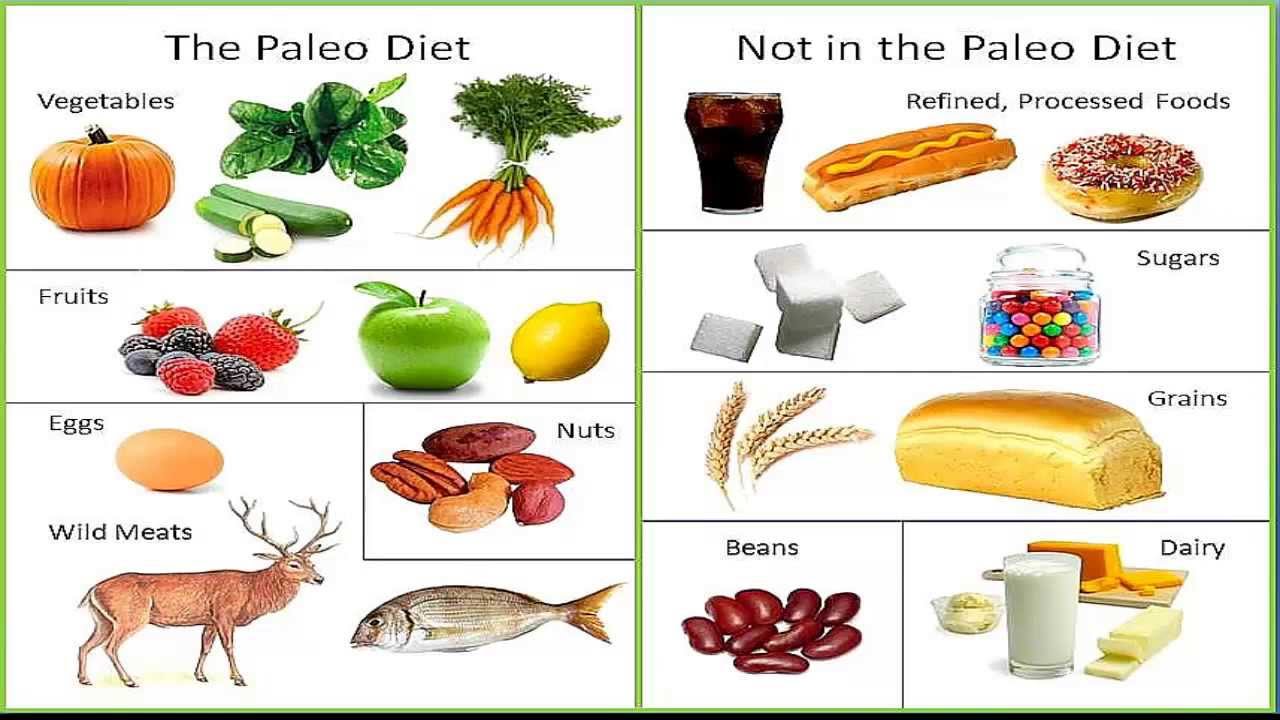You may have heard the term paleo diet thrown around before, often confused with a special diet reserved for weight lifters or fitness gurus, but it is actually much more accessible than that.
The Paleo Diet
A Paleo diet consists of a lifestyle choice, similar to those who choose or are forced to eat gluten-free. This means simple, unprocessed foods: fruits, veggies, meats, seafood, and nuts.
This gets broken down even further to represent equal parts fat, carbs, and protein. A balance is necessary to stay on the Paleo diet, so it’s not meant to be fast weight loss diet or temporary change to lose weight.
PALEO CHEAT SHEET

Why Paleo is a Lifestyle?
What makes Paleo dieting different from all other diets is the drastic changes one must have to make to their everyday modern lives, in order to reap all the benefits of the diet. If you haven’t noticed, there is a distinct lack of grains, dairy, and beans in the Paleo cookbook. This is in order to stay true to the raw nature of the diet, where it draws inspiration from basic hunter-gatherer human life.
Because of this omission of ingredients, many find it difficult to stick to the diet, because that means abandoning a large portion of what is deemed “snacks,” “deserts,” or “comfort foods.”
How to Incorporate the Paleo Diet
For the most part, the paleo diet is really easy to abide to when it comes to dinners. Meat and vegetables are already on our plates, so it’s just about making sure you incorporate healthy fruits for more nutritional value. Breakfast is also something that is fairly straight-forward, the biggest hump for newcomers will be overcoming the cravings for dairy products that dominate our lives.
In other parts of the world, it is quite common to be eating fresh meat or seafood for breakfast. In America, we have come to expect our breakfast to include milk, cheese, pastries, or all of the above. The Paleo diet gets to root of this destructive behavior by replacing those lactose sugars with healthy, organic, fructose sugars from fruit, which also provide more fiber to our diets.
Challenge the Way you Prepare Meals
Those that look at Paleo diet from the outside with a critical eye will sometimes find it hard to believe that it is not just about eliminating food groups from your diet, it’s about incorporating healthier foods into it. For lunch, we rely on sandwiches and breads far too much to create our meals. Like with breakfast, you have to remind yourself that it’s okay to eat meals where the star ingredients are meats and vegetables.
An easy way to transition into the Paleo diet is to repurpose your dinners into either leftovers or something more. Make a chicken or tuna salad with fresh veggies with a side a fruit, bake some squash, incorporate lots of avocado, mushrooms, spinach, nuts, and seeds, to cover all your nutritional bases. Are you missing the experience of your favorite pasta dishes? Once you try squash or vegetable-based pasta, you’ll never want to go back to the boring grain pasta. These are just a few basic ways to easily adopt the Paleo lifestyle, but you don’t have to do it alone; the Paleo community is extremely friendly, helpful, and empathetic to those who are making the hard journey towards better eating.






